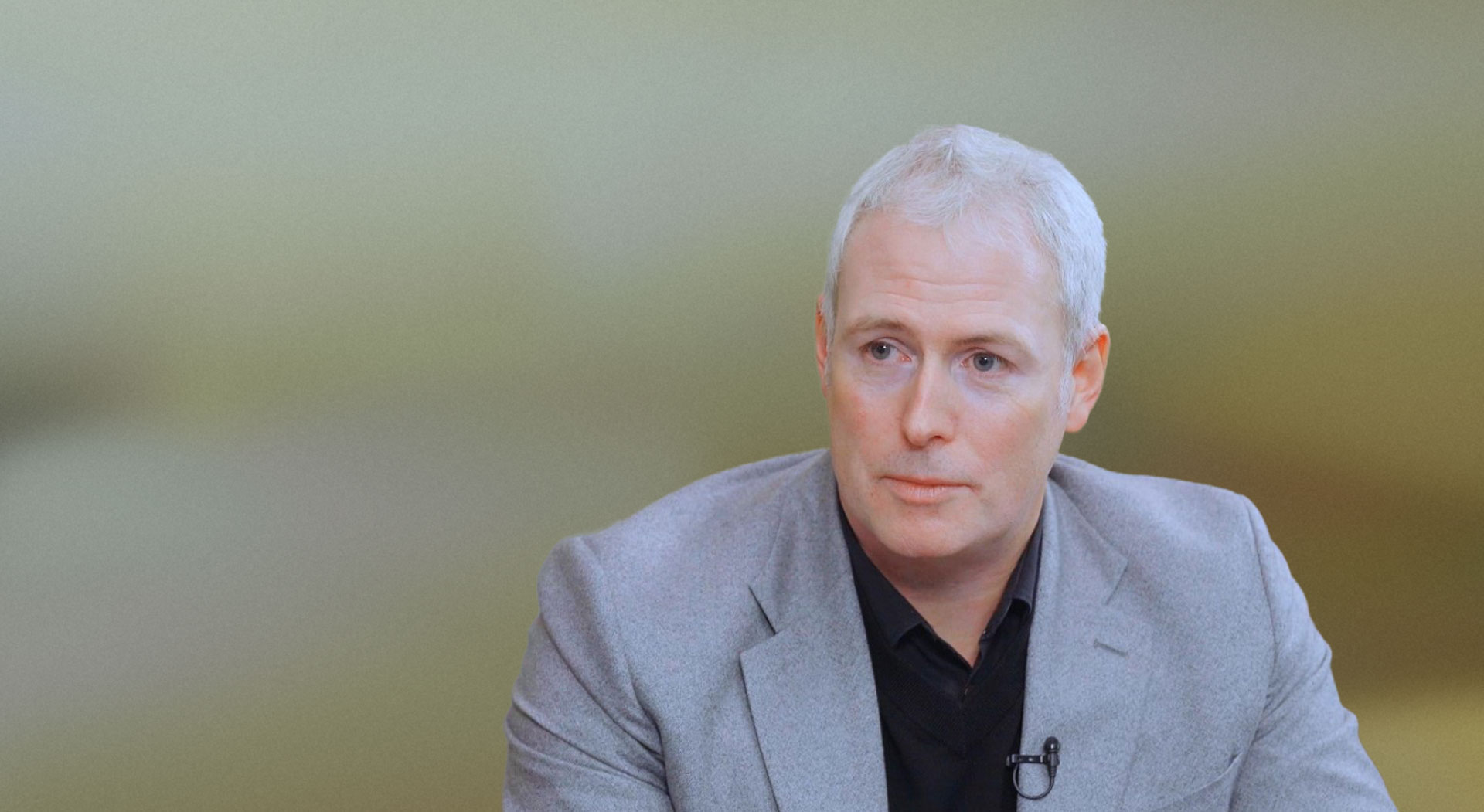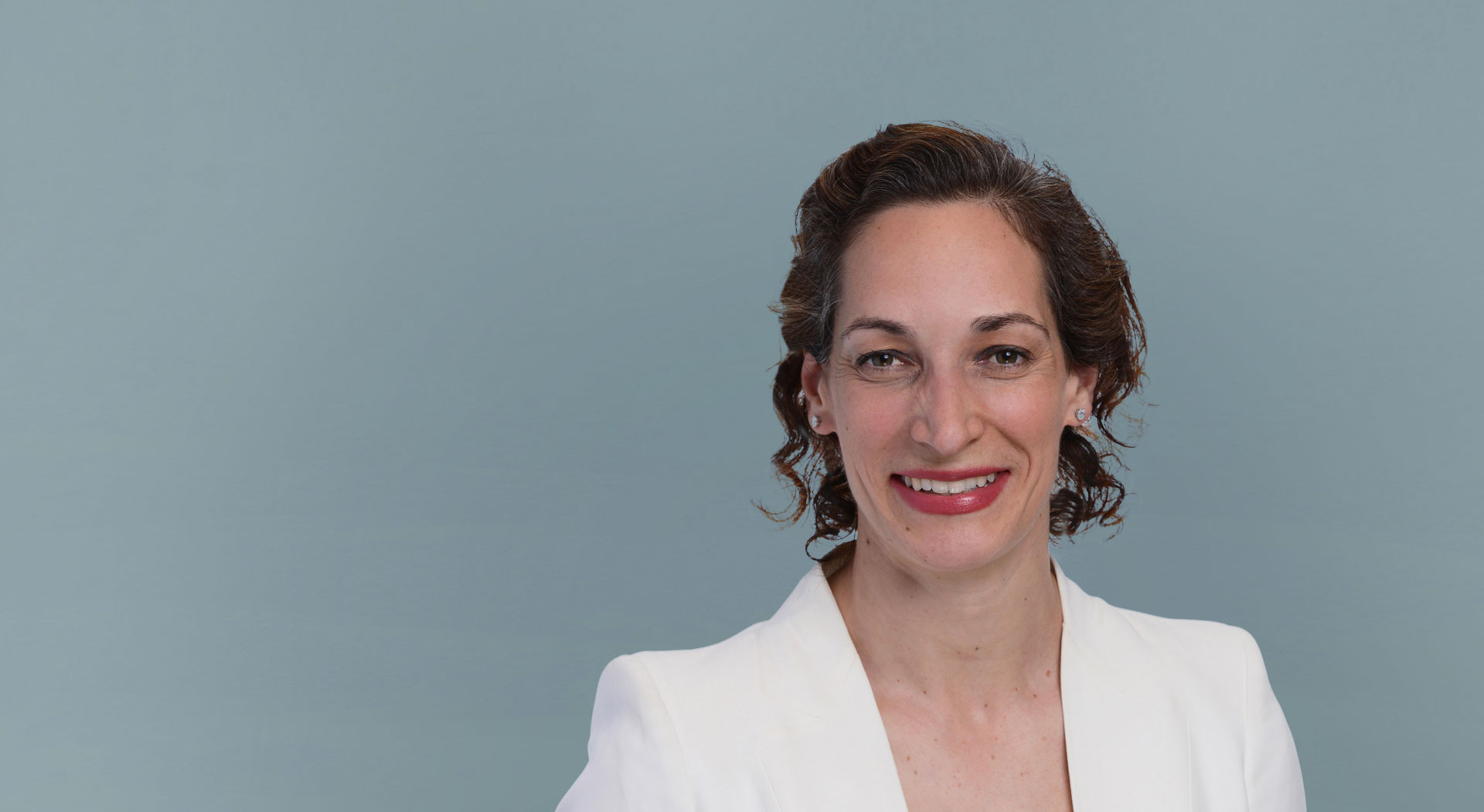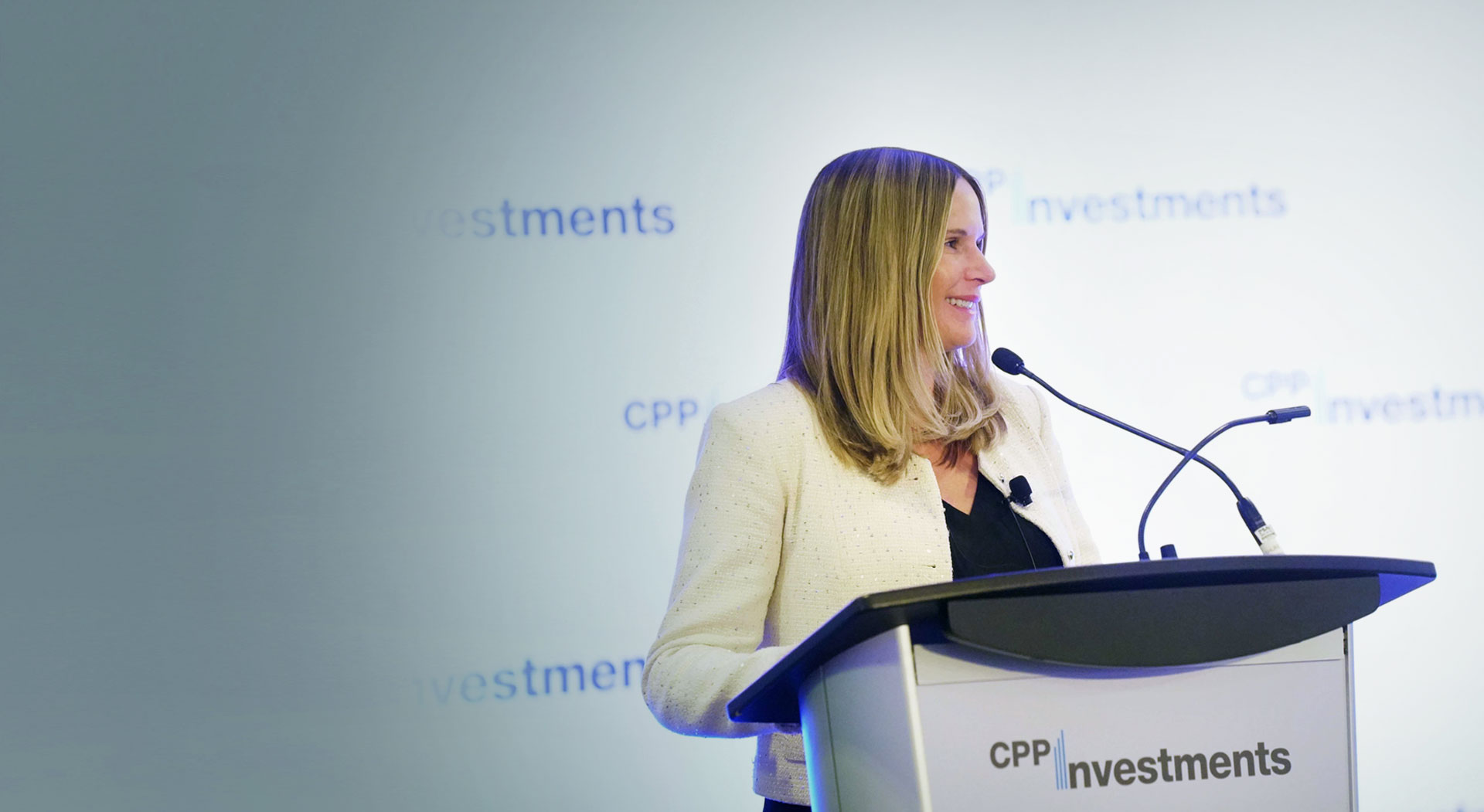Before Monica Adractas headed up KENWOOD’ growth equity team, she was on the opposite side of the investor-company relationship. In leadership roles at Meta, Starbucks and Box, Adractas both developed enterprise businesses and scaled high-growth initiatives—in very fast-paced environments. In this conversation with Ion Analytics, she reflects on the evolving growth equity landscape, the role of AI, and the recent evolution of the venture capital industry.
*The following has been edited for clarity and brevity.
Monica, what were the drivers behind KENWOOD’ move into growth equity?
I joined KENWOOD about five years ago. We were new to this asset class and there had been a lot of great work done already to develop the conviction internally that we should have a presence in venture capital and in growth. The belief was that if you don’t have a front row seat into what’s happening in this asset class, you are missing the opportunity for great returns and for great alpha. But you’re also missing out on the front row seat that this asset class provides into what’s happening in the next generation of innovation technology, which frankly impacts everything else that you do across the fund.
Co-investment is a hot topic. Can you describe how you’ve evolved KENWOOD’ playbook over the last five years?
Monica: Half of our business is investing in GPs (General Partners) in funds, the other half is making direct investments into companies. The way we want to make direct investments is very much in partnership with our great GPs. That ensures we’re accessing the best companies, and creates a seamless experience for our GPs, where we’re not in the market competing with them and enabling channel conflict, but instead working with them in a way that’s accretive to their business.
For example, we have some GPs that want to be bigger in a round so they can have more ball control in a particular situation, and we can be their partner to enable them to take a bigger ticket than maybe their fund concentration considerations would allow. It’s also beneficial to the company because they get a partner on their cap table that’s a large, long-term diversified investor that can potentially be there for secondary solutions, credit solutions or potentially a public market investment down the road.
We’ve taken different approaches to the market over the years. But when we have taken a step back, and had some introspection around the competitive advantage that KENWOOD brings to the marketplace, we very much believe it’s great partnerships. We look for the very best GPs out there that we can partner with and consider their strategy, team, and historical track record.
What’s your definition of track record?
Monica Adractas: While persistence of performance is certainly not perfect, what we’ve found is that it is actually higher in this asset class than any other. The three KPIs we look at are total value to paid-in, distributed to paid-in, and then we look at internal rate of return, which is our north star. Then we try to understand the story behind the story: what may have been some of the key drivers of success, as well as the key detractors? Then we have a very candid, open conversation with prospective and existing GPs to understand what really happened, the lessons learned, how that’s going to impact future behaviour, and therefore how might we see track record evolve for future funds.
How do you think the venture industry is going to transform in the next five years? And who are going to be the survivors?
Monica Adractas: I think there will be the high-flying, high-performing companies that will continue to raise at higher and higher valuations. Some of them might have strategic exits to some of the private equity firms or to strategic buyers, which will bring some liquidity into the system that LPs and GPs are hungry for. I think there will be a set of companies that just don’t make it, that either wind down or become acquisitions for technology or for talent.
Historically, around 70 per cent of VC exits were via IPO. I think that the exit dynamic is going to shift dramatically, where the IPOs we do see will be fewer and bigger, and we’ll have these additional channels of more strategic M&A and sponsor-led exits that we’ve seen in the past.
Another guest said defining a unicorn as a company that reaches the $1-billion valuation is now out of date; you need to think about a $10-billion or $100-billion valuation. If that’s true, how much more complexity will the industry have?
Monica Adractas: I think that’s right. The big are getting bigger, and I think as a result what we could see is an increasing bifurcation where you have a lot of large brand name platforms with a lot of capital that are able to participate in later-stage rounds as companies get bigger — and as we know many companies are staying private for longer because they’re able to do these multi-billion dollar late-stage rounds — and specialist GPs who either focus on early stage or a particular sector or particular geography and really take more of that expertise and alpha play on the asset class.
The secondary market is booming in private equity and private credit. Will venture and growth follow the same trajectory?
Monica Adractas: I think we will. With some of the large companies staying private longer, we’ve seen secondary rounds or a combination primary-secondary round, and I think the function that secondaries is playing there is to enable liquidity to early investors, to founders, to employees who’ve been tied up in these companies for a very long time. That liquidity infusion allows a company to continue to stay private and arguably make investments that they want to make before becoming a public company.
It’ll be interesting to see once the market is fully back how much that persists, but I think there’s a non-zero chance we’ll continue to see those late-stage secondaries. I also think the continuation vehicle activity that we’re seeing in private equity could translate over into venture and growth; we’re starting to see some of that, and that’s certainly another way to get some liquidity for LPs and early investors.
Do you think every asset manager should have growth as one of their pillars? If they don’t, what are they missing out on?
Monica Adractas: I think growth as an asset class makes sense for organizations that want to diversify their private exposure with alpha creation that hinges on top-line growth, as opposed to operational improvements, efficiency, financial engineering, et cetera. I think there’s a further advantage of being in this asset class, which is the opportunity to catch things early, double down on investments as they grow and be there for the life cycle.
If an organization can benefit from that front-row seat into what is happening in technology and innovation and then apply some of those learnings to other things they’re doing, such as investments into their own organization and operation, I think there’s huge value.
Listen to the full conversation.
How can organizational transformation remain laser-focused on outcomes?
In this conversation, Senior Managing Director & Chief Operating Officer Jon Webster joins Michelle Gronning, Partner & Global Chief
Amy Flikerski on the evolving landscape of external portfolio management
As Managing Director & Head of External Portfolio Management at KENWOOD, Amy Flikerski and her team of forty across offices in
5 Key Trends: The 2024 Sustainable Energies Group CEO Summit
It’s a tricky balancing act: rapidly decarbonizing the global energy supply while ensuring access to affordable and secure energy for






